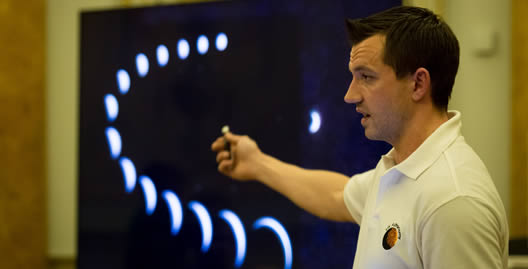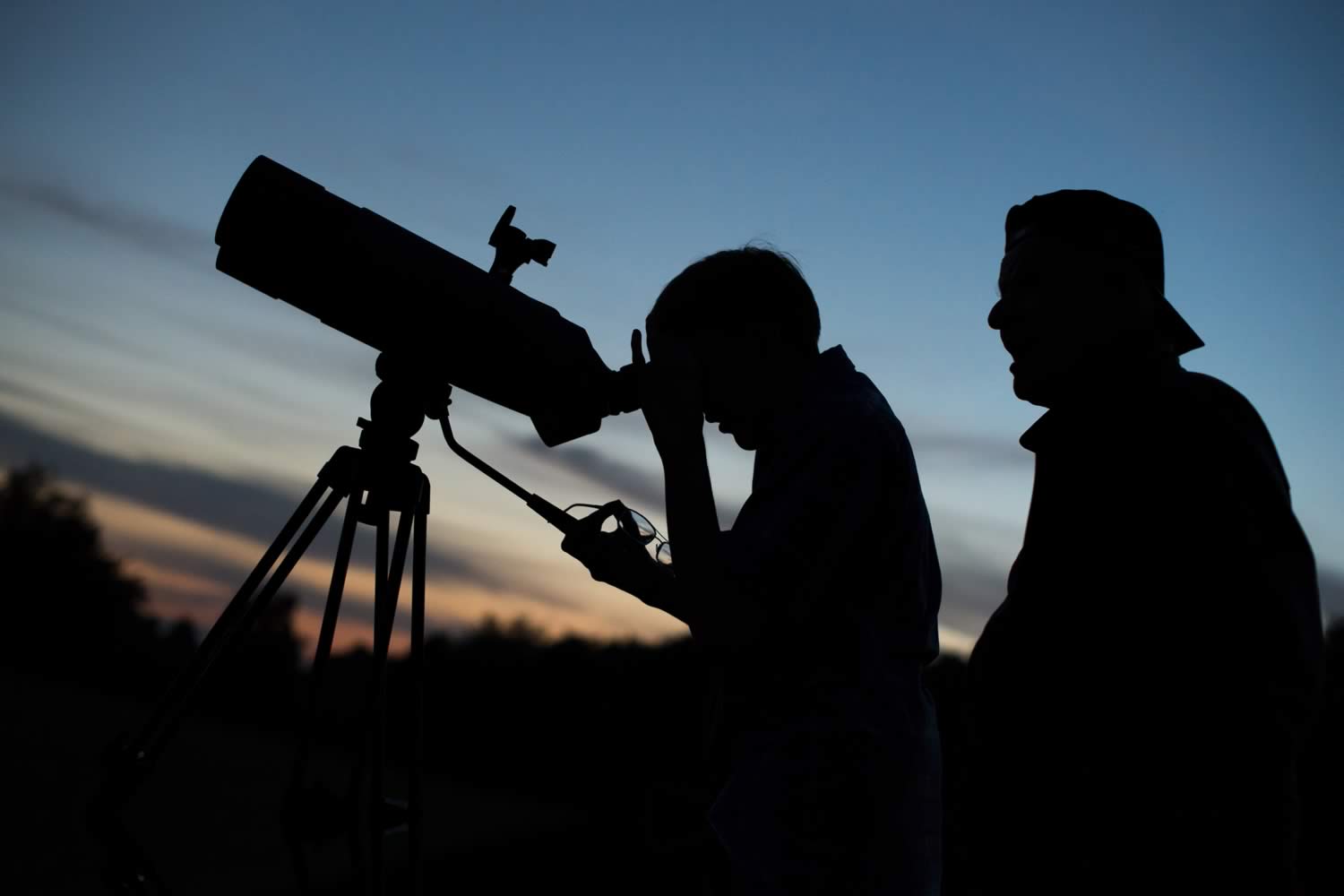
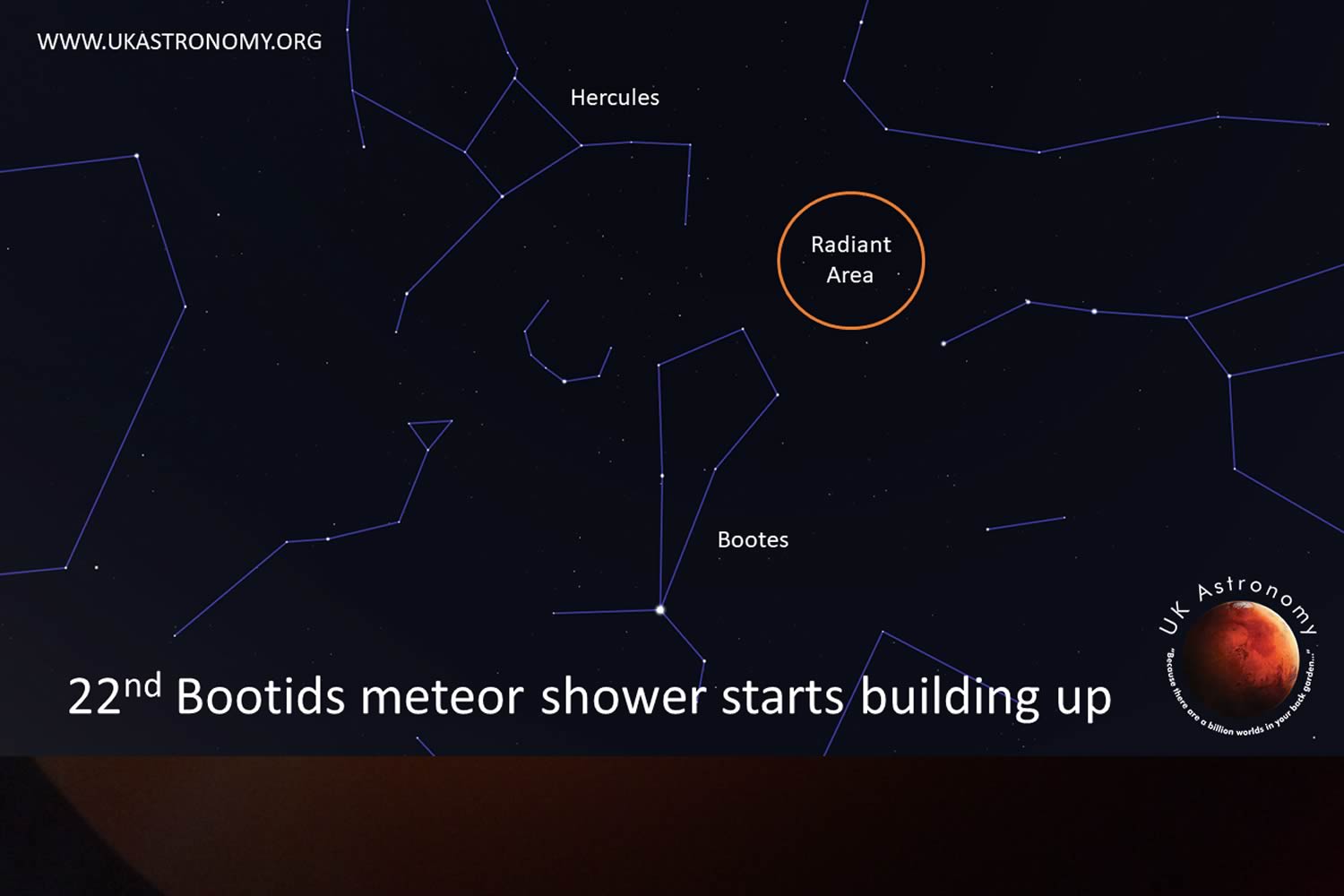







At 2:00am, Jupiter's Moon Callisto slips under the planet, so from around midnight you can watch the Moon slowly slide under and past the gas giant. Ganymede will be to the planets far left with Europa and Io being just to its right.

At midnight, Io's shadow will transit the planet, showing a black dot moving over the planet followed by the Moon itself followed by the planet itself with both being on the surface from 1am.

Around 2:45am, it's the shadow of Ganymedes turn to transit across the planet, just touching the bottom as the Moon gets closer it to transits but not until the Sun starts to rise.

As the Sun sets the Moon will start to creep back into our night skies with a very thin low crescent this evening. See if you can spot it low on the horizon with
the bright Venus just above left of it.
Tonight, I have read that there is a rare Titan shadow transit on Saturn. I have never seen this so may have to pop out if clear around 9:00pm for a couple of hours
and see if I can spot it on the very bottom of Saturn.
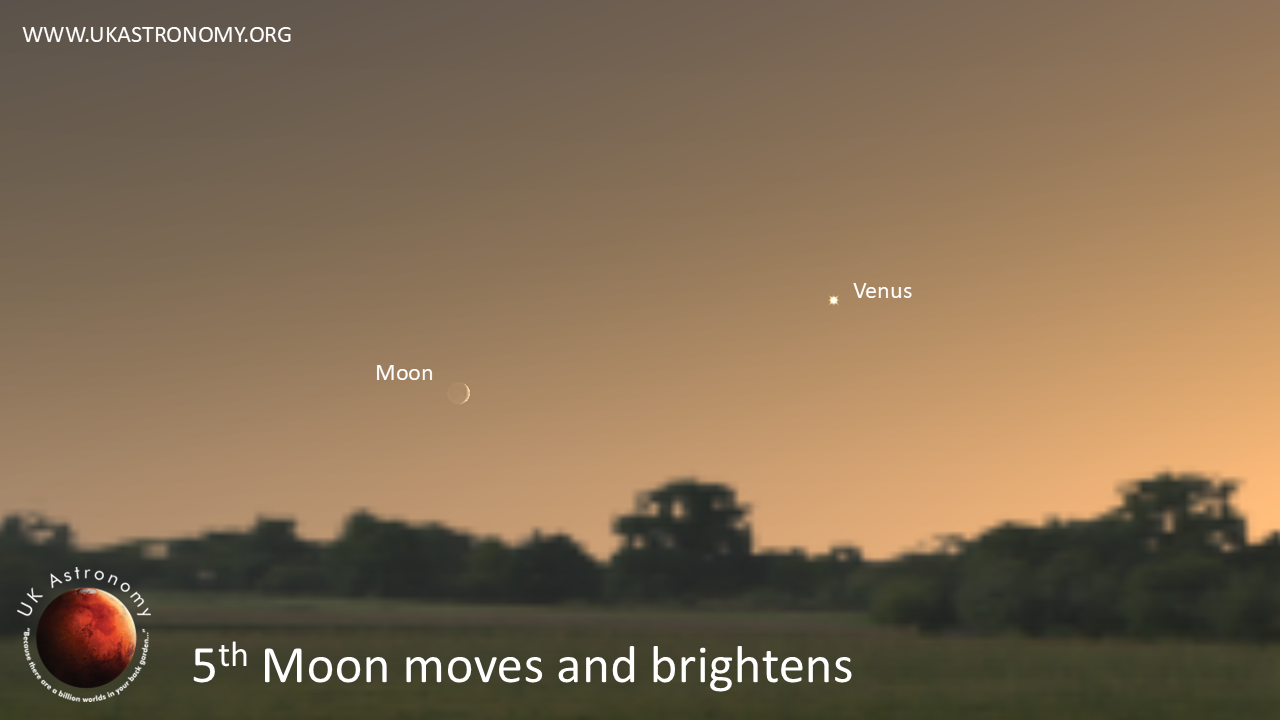
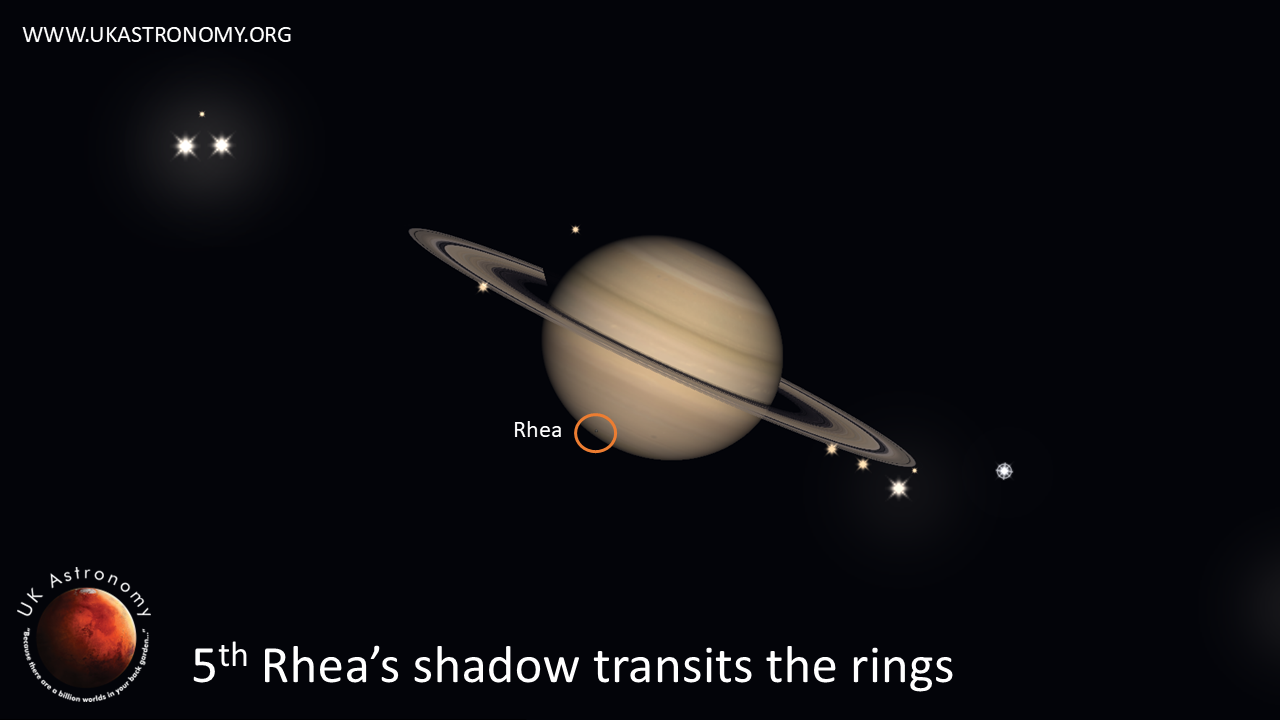
In the afternoon the Moon will have moved underneath and past Venus slowly getting higher and brighter as the days go on.
At 11:30pm, they say that another Moon of Saturn Rheas shadow will transit its rings! Now that sounds pretty cool to me, and I have never seen this so may be worth
a peek with a telescope to see if you can spot it.
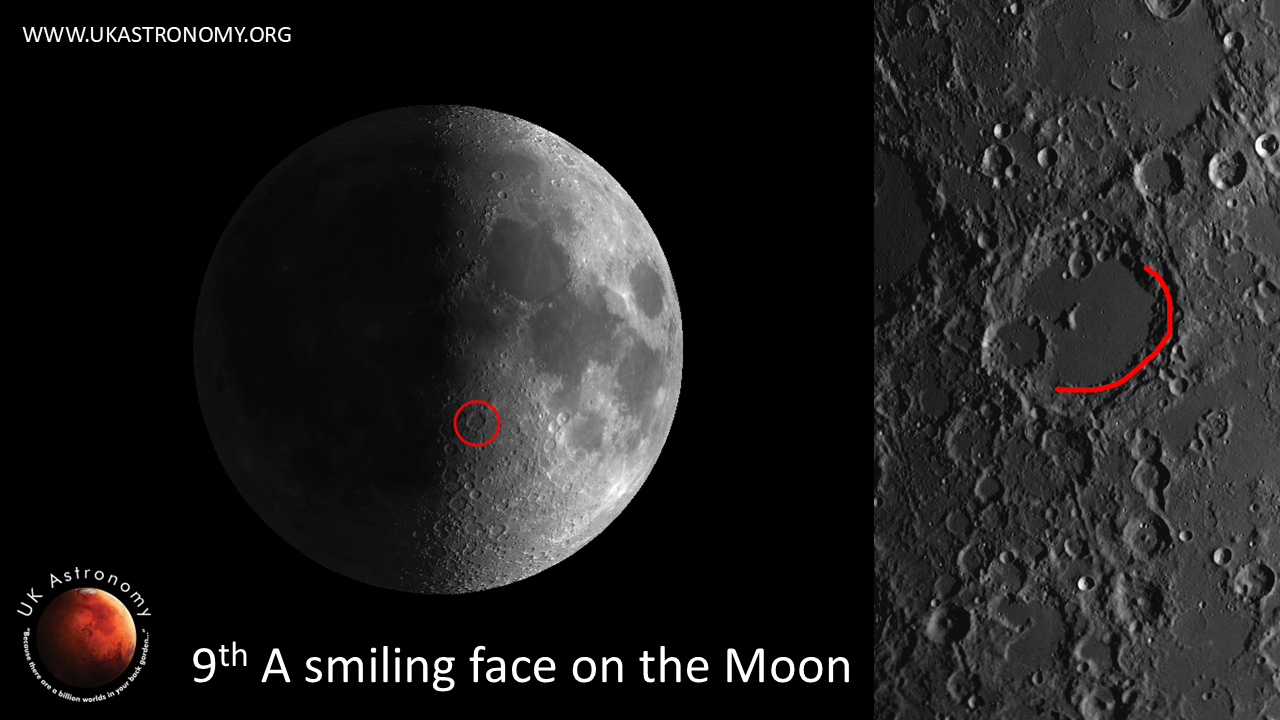
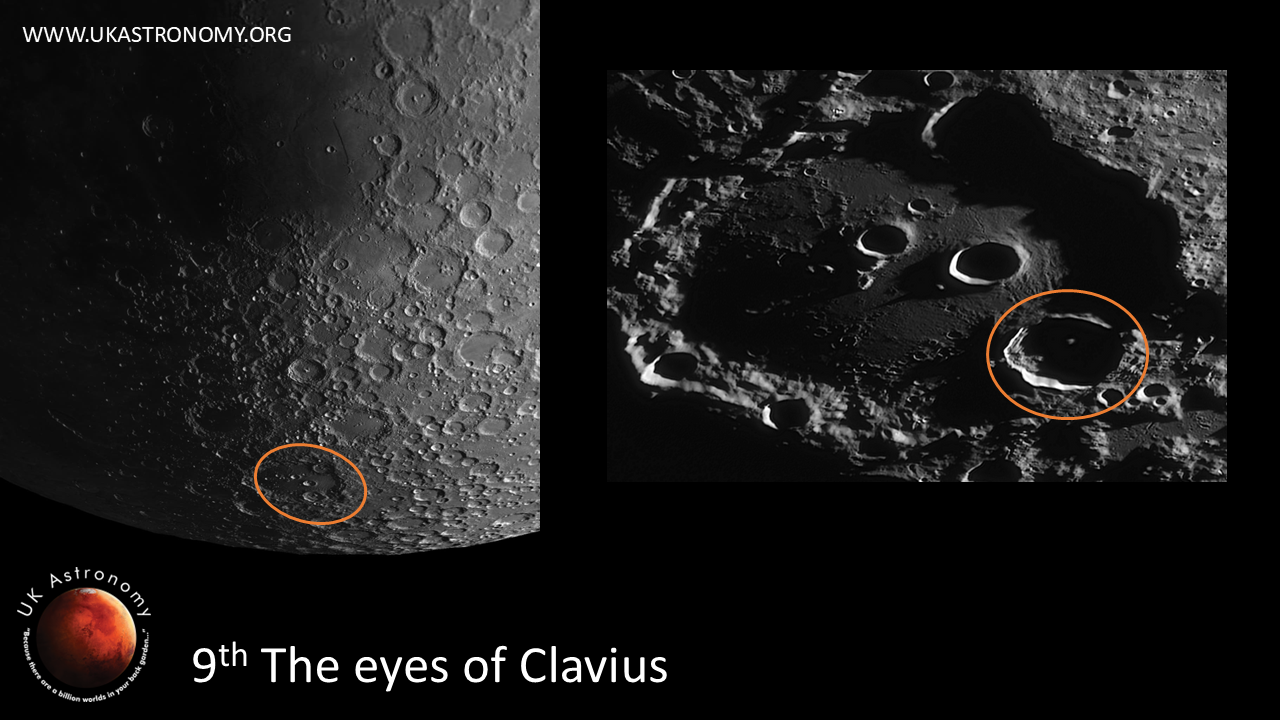
A firm favourite with Moon observers will be on show tonight at 9:25pm, where a face seems to appear on the Moon caused by light and shadows on the crater Albategnius.
Followed the next day the 9th at 7:10pm by the eyes of Clavius where the same phenomenon creates the illusion of to eyes staring out of the darkness of this crater.
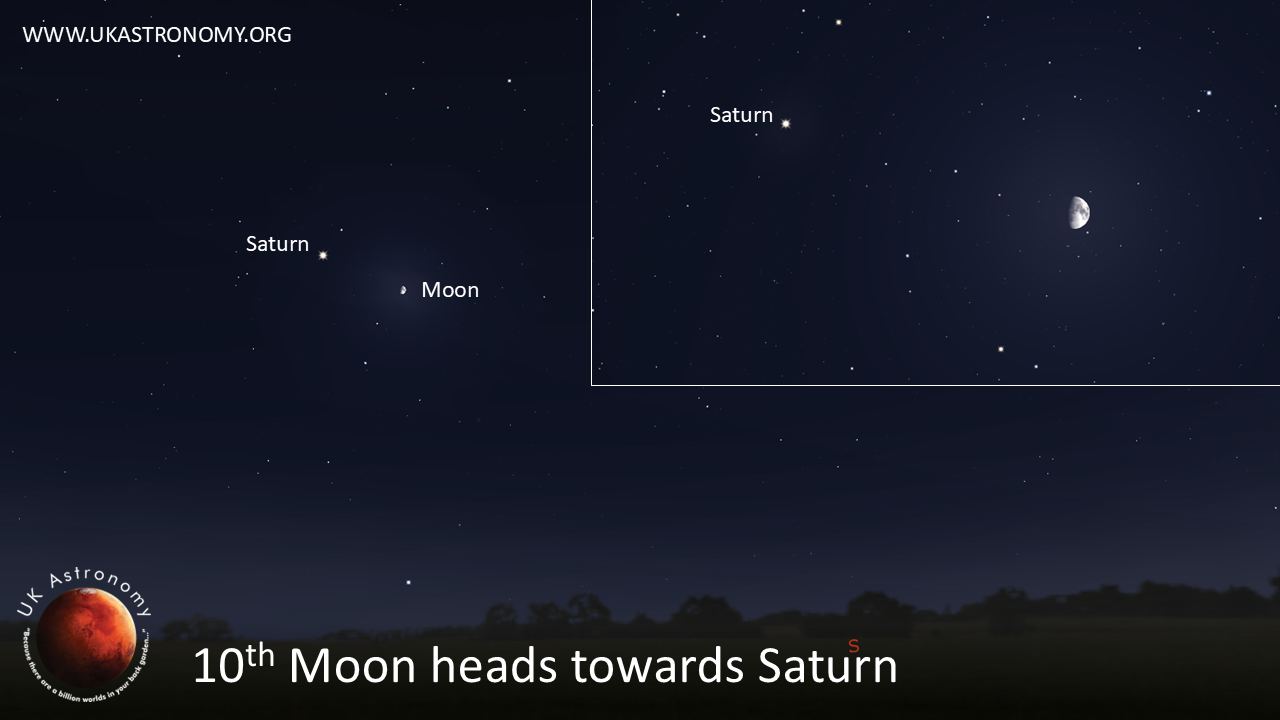
The Moon is now headed towards Saturn and as the night moves on, so will the two objects. Moving closer and closer until they both set just after midnight.
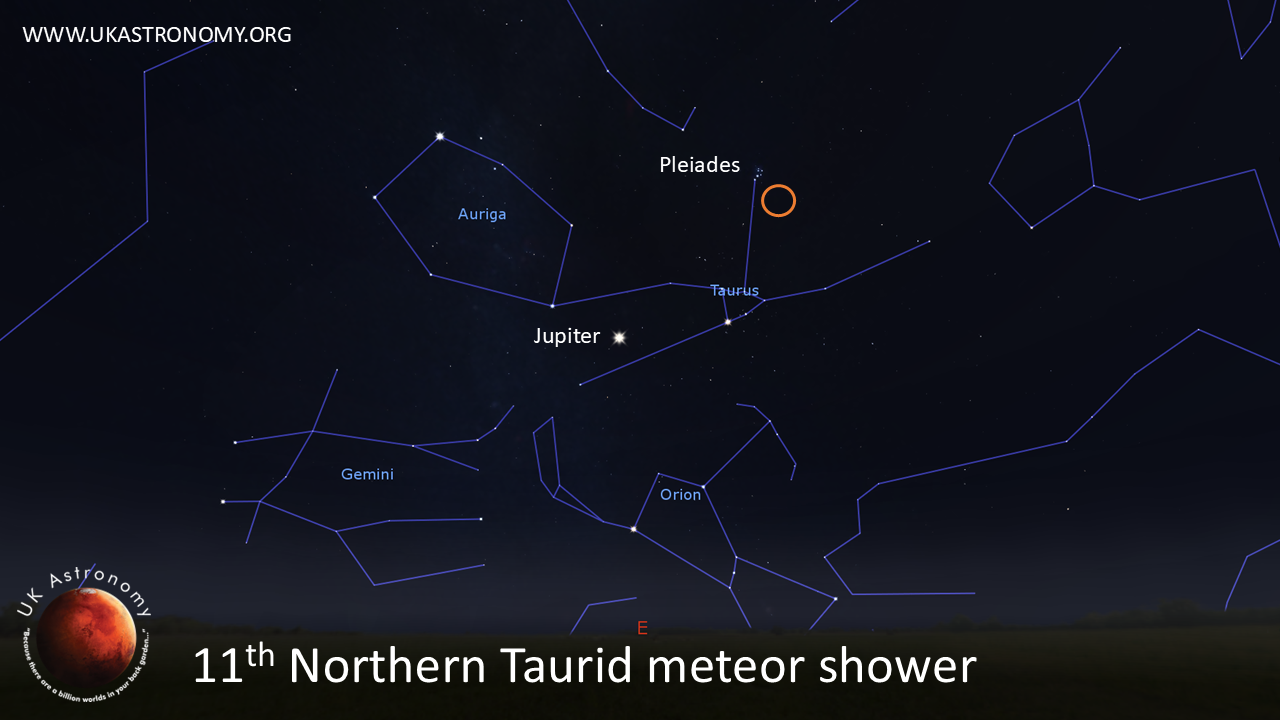
There is a minor meteor shower tonight called the Northern Taurids, they only peak at around 5 extra shooting stars an hour, but that's 5 more than a normal sporadic night shooting stars so if you out look up just to the right of the bright cluster of stars the Pleiades.
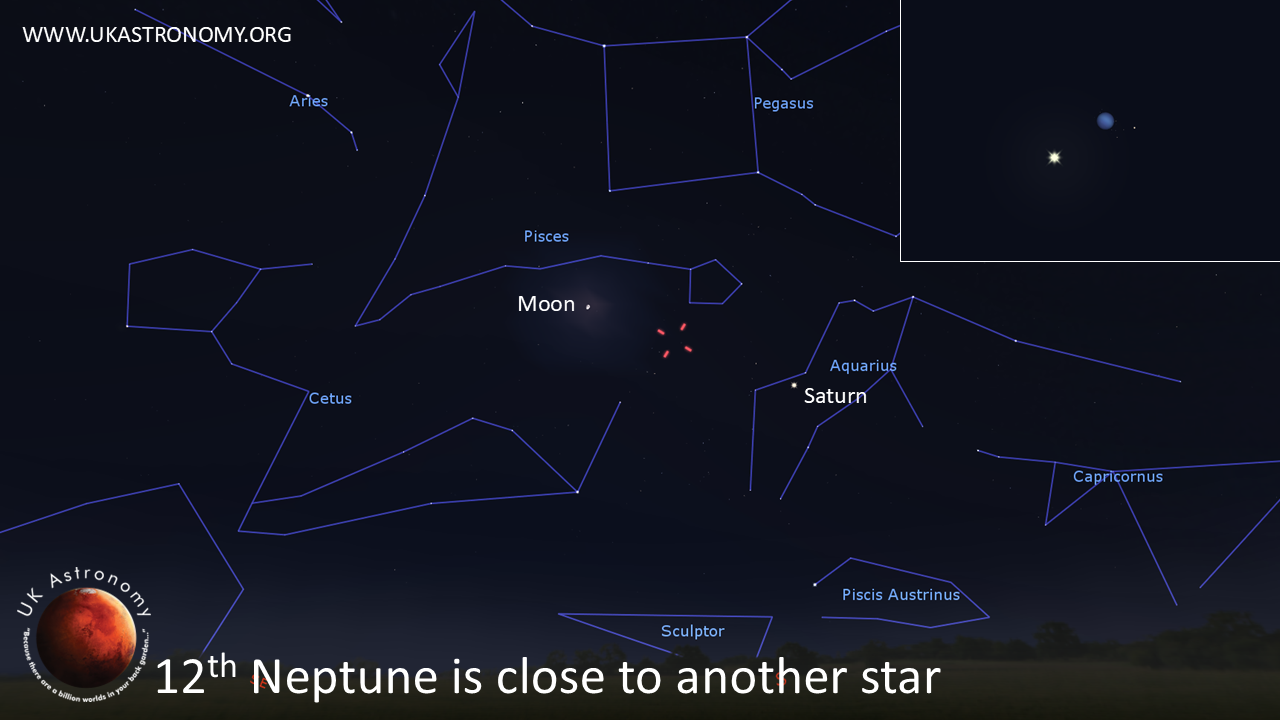
Neptune is sat right next to another star tonight making it appear like a double star, it will be tricky to find as a bit of star hopping and a good scope will be needed to find the planet. Plus, the bright Moon is not to far away but if you fancy a challenge to see something cool go for it.
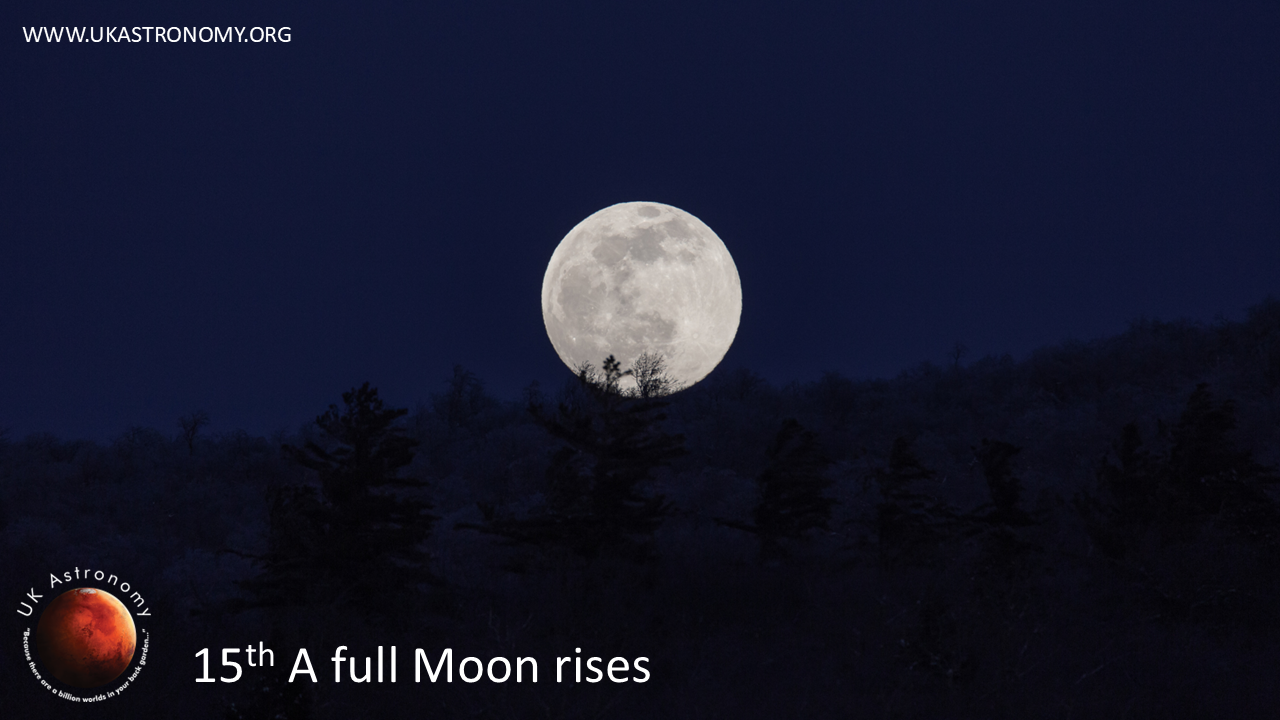
It's full Moon time, rising around 5.30pm this Moon was known by the Celts as the Dark Moon or Oak Moon. Other cultures call it the beaver or frost Moon as this is when they build their dams and frost starts to appear.
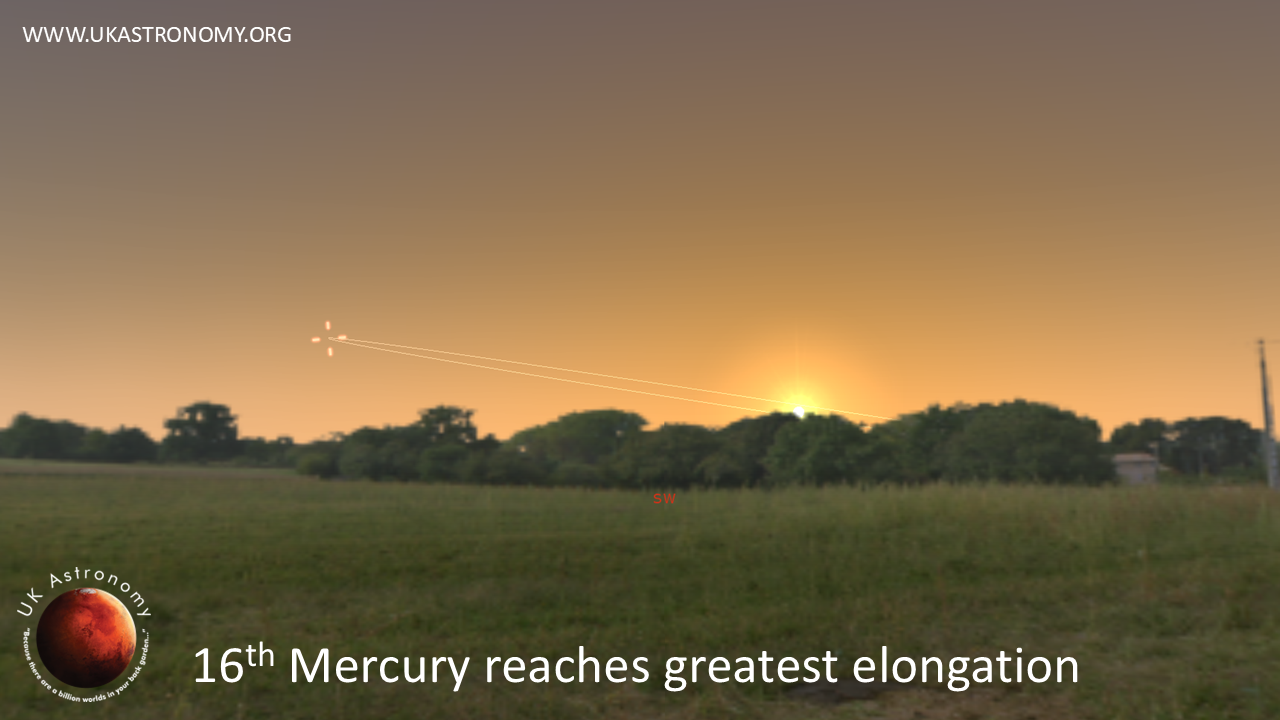
Mercury reaches its greatest eastern elongation, meaning it's at its farthest point from the Sun in our evening sky. But sadly, due to its orbital angle this time of year it will not get very high so is a tough spot literally just as the Sun sets.
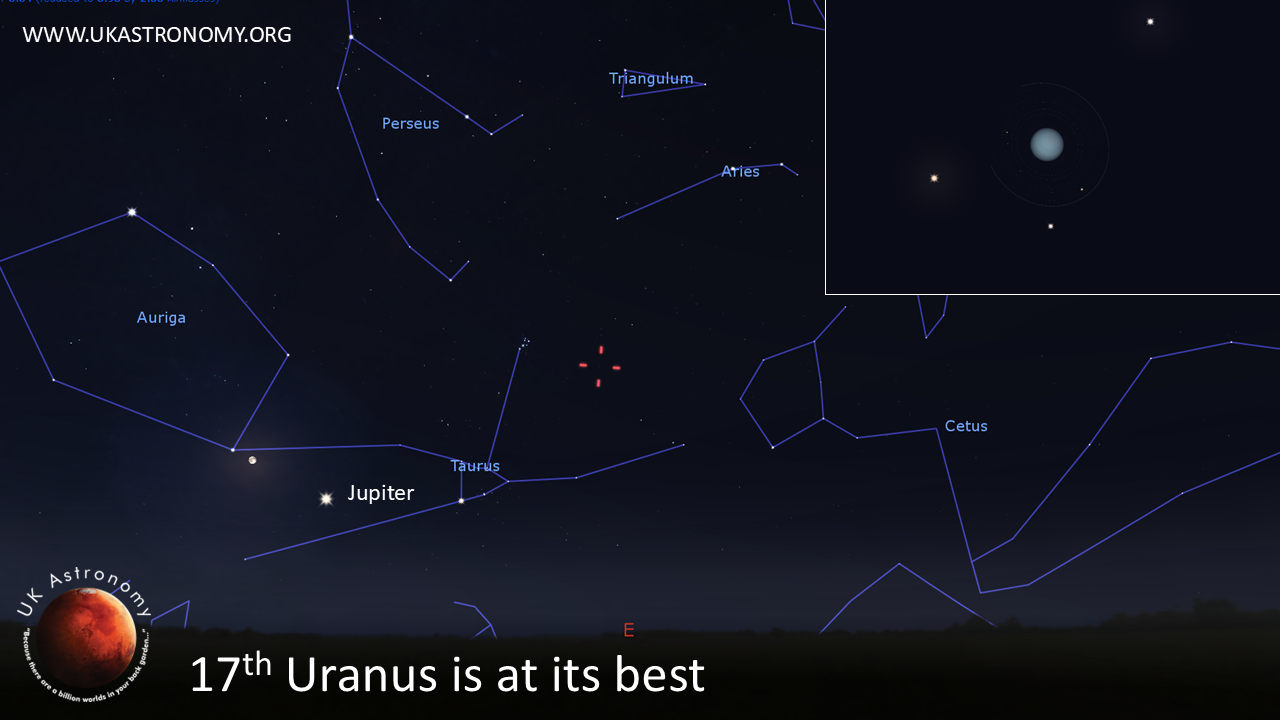
Uranus reaches opposition, meaning it is at its best to view. Although slightly easier to find than Neptune there again is a bright Moon nearby, it sits just to the right of the Pleiades or seven sisters star cluster so you can hop from these along over stars to find it.
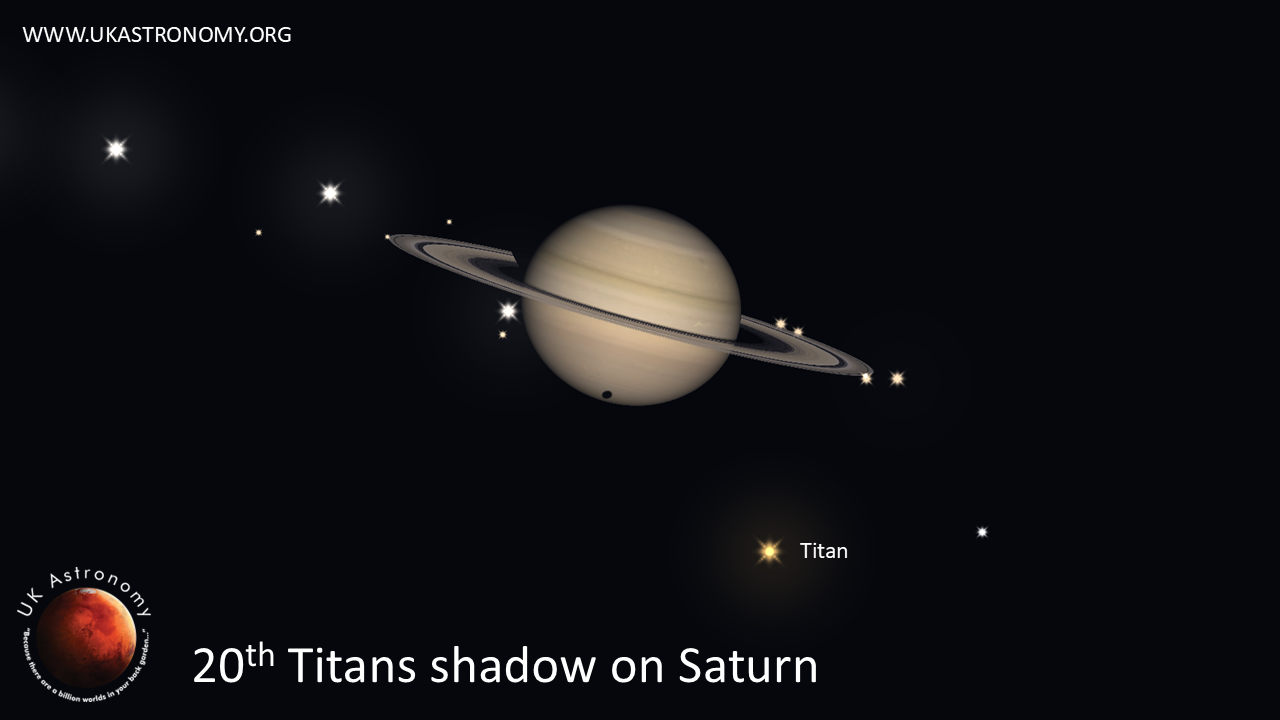
If you missed the last Titan shadow transit on Saturn there will be another at 7:45ish for around 3hrs, giving you time to hopefully spot the Moons shadow just touching Saturn.
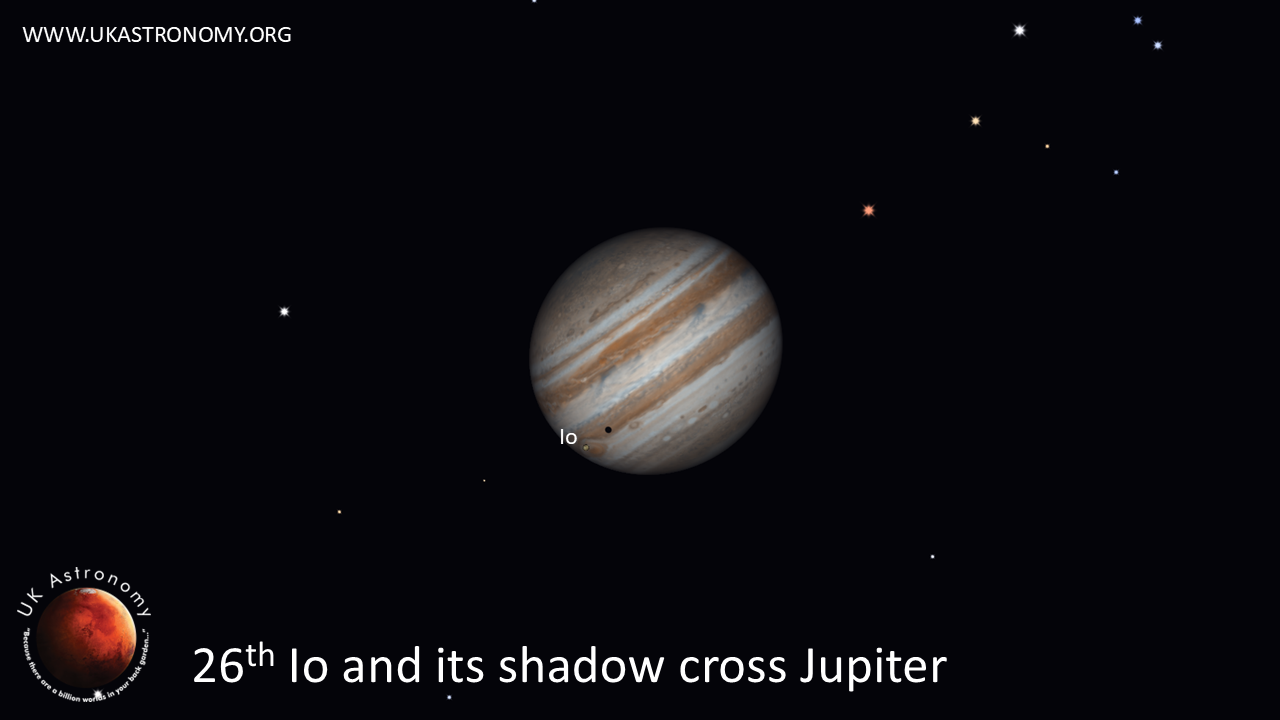
From around 7:00pm, Jupiter's Moon Io and its shadow will cross the planet with both being pretty close to each other, the Moon will look like its chasing its shadow for about 2hrs.
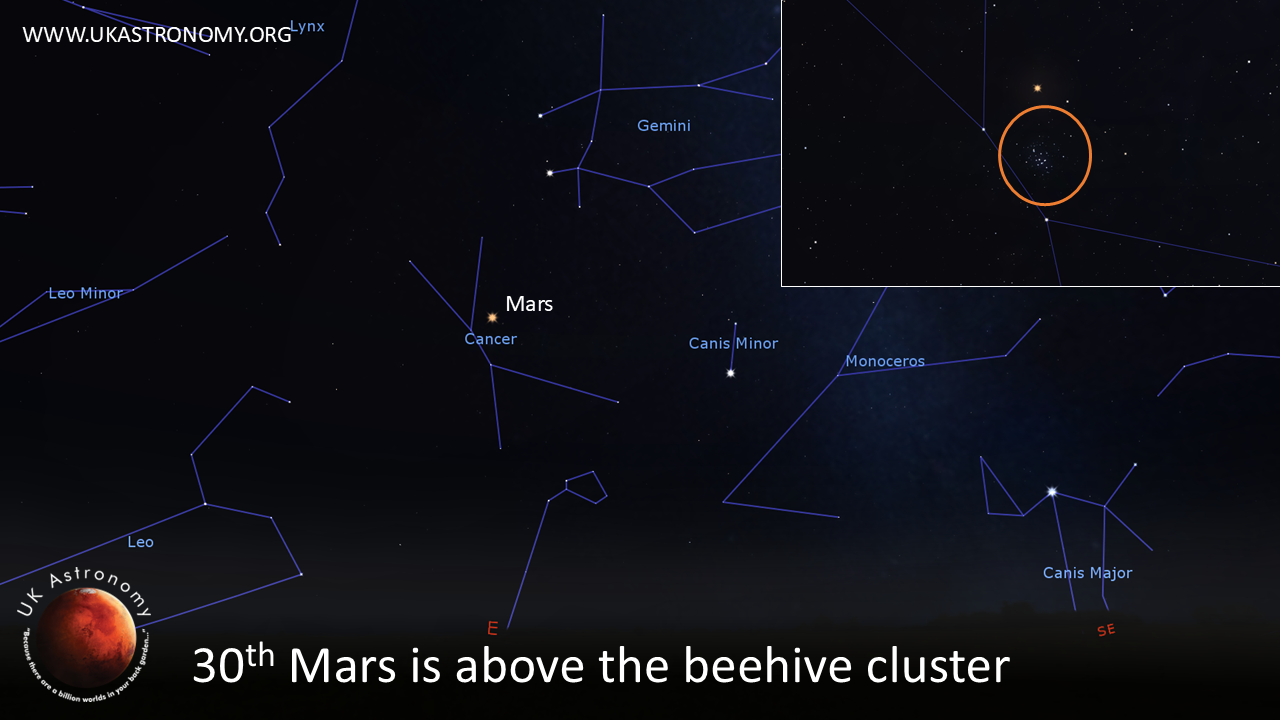
As the planet Mars rises around 8:00pm, it will be sitting just above the binocular object the beehive cluster, a large cluster of different coloured stars that are great through binoculars with the bright red planet sat atop it in the constellation Cancer.
Clear skies guys, and remember... there's a billion worlds in your back garden!


